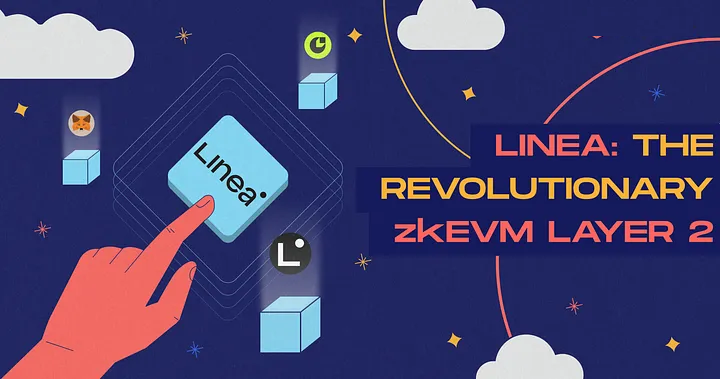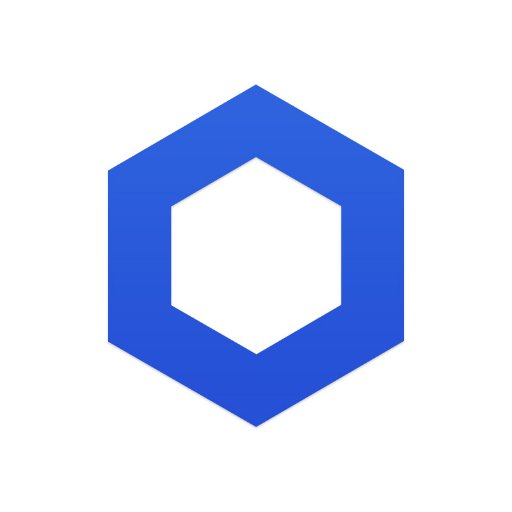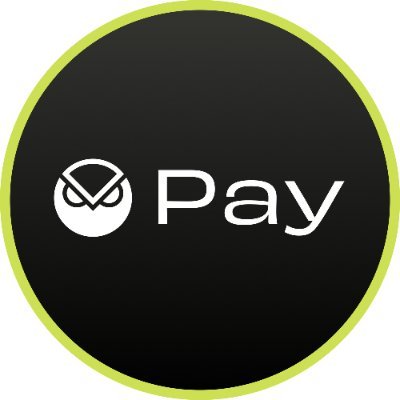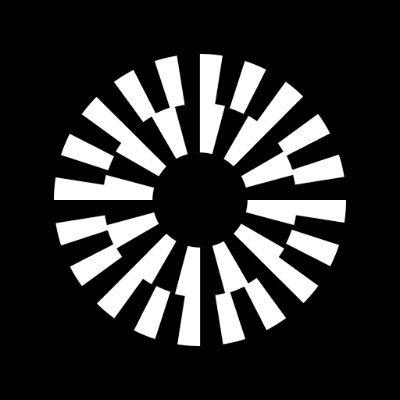A summary of the eight major events at the Paris ETHCC conference
Author: Bankless
Compiled by: Jordan, PANews
Recently, the most notable event in the Ethereum community was undoubtedly the ETHCC (Ethereum Community Conference) held in Paris, France. If you missed some key activities, don't worry, this article will recap the important events from the conference (Note: events are not ranked in any particular order).
1. Lens Protocol Releases V2 Version
The Web3 social protocol Lens Protocol officially released its V2 version during the Ethereum Paris ETHCC conference, focusing on openness, composability, shared interests, trust, and security. Users can now execute external smart contract operations directly within Lens content posts, and Lens V2 has added the capability to interact with smart contracts within social media. Another new feature introduced by Lens Protocol is Profiles V2, an account management system that uses the ERC-6551 token standard (i.e., "token-bound accounts") to provide NFTs with their own social relationships, voice, and monetization opportunities.

2. UniswapX
The decentralized trading platform Uniswap launched a non-custodial, Dutch auction-based protocol called UniswapX at the ETHCC conference, where trade order prices gradually decrease until a transaction is completed. UniswapX aims to solve this issue by outsourcing routing complexity to third-party providers (fillers) in an open network, allowing these fillers to compete using on-chain liquidity from AMM pools or their own private inventories to help traders find potentially the best prices.
Additionally, the protocol offers gas-free swaps, supports failed transactions without incurring additional costs, and provides protections against MEV.

3. Chainlink Cross-Chain Interoperability Protocol
Cryptocurrency oracle provider Chainlink announced the launch of its Cross-Chain Interoperability Protocol (CCIP) at the ETHCC conference, a technology designed to link public and private blockchains. It is currently live on Avalanche, Ethereum, Optimism, and Polygon mainnets, aiming to unlock a new cross-chain economy. Chainlink CCIP allows developers to flexibly create their own cross-chain solutions, and protocol parties can use their own controlled and audited token pools for cross-chain token transfers without the need for customized code, significantly reducing the development and deployment time of cross-chain bridges.
Chainlink co-founder Sergey Nazarov compared CCIP to the "TCP/IP protocol of financial markets," aiming to create a more robust and flexible DeFi ecosystem.

4. Starknet Application Chains
Ethereum Layer 2 scaling solution StarkWare announced at the ETHCC conference that Starknet will soon launch Starknet Application Chains (Appchains), allowing users to customize blockchains for specific applications.
Currently, Optimism has Superchain, Arbitrum has Orbit, and zkSync has Hyperchains. While each strategy may open source code to varying degrees or have different underlying architectures, they all embody similar principles. Starknet Application Chains retain the public advantages of Starknet while offering customizability and decentralization, enabling applications to provide better throughput and enhanced user experiences.
Additionally, StarkNet released a high-performance sequencer called Madara, enhancing Cairo VM capabilities using the Substrate framework to further improve application chain capabilities and Starknet's interoperability and on-chain privacy levels.

5. Gnosis Pay
Gnosis Chain launched a decentralized payment network called Gnosis Pay and a self-custody debit card called Gnosis Card during the ETHCC conference. Gnosis Pay is built on Gnosis Chain and can cover all Visa payment networks. According to its architecture diagram, banking systems, Visa, MasterCard, and other payment methods will interact directly with Gnosis Pay L2, which reportedly chose the Polygon zkSupernet stack (Polygon zkEVM). Gnosis Card is a self-custody consumer debit card certified by Visa, with transactions completed via smart contracts on Gnosis Pay's decentralized payment network, allowing direct links to on-chain wallets to meet various offline and online card consumption needs.

6. Mantle
The Ethereum Layer 2 network Mantle Network officially launched its mainnet Alpha version at the ETHCC conference. Mantle Network is an Optimistic rollup scaling solution incubated by BitDAO, aiming to achieve higher throughput through modularity and decentralized data availability. The network has processed over 14 million on-chain transactions during its six months of development and testing.

7. Linea
Linea is also an Ethereum zkEVM Layer 2 network launched by ConsenSys, which introduced its mainnet Alpha version and opened it to the entire community during the ETHCC conference. Developers currently have access to the Rollup and ETH bridge user interface, as well as RPC endpoints in Infura and MetaMask. Additionally, Linea will launch a standardized token bridge feature supporting ERC-20 tokens in the coming weeks.

8. Expanding EVM Influence

Today, participants in the Ethereum conference are no longer limited to the Ethereum community; teams from the global crypto ecosystem also hope to showcase their development achievements, especially those related to Ethereum.
For example, Tezos and Solana are both working to make it easier for Ethereum developers to migrate to their blockchains, announcing some optimization measures during the ETHCC conference. Tezos introduced the EVM-compatible solution Etherlink, while Solana released the Solang compiler, enabling Ethereum developers to write smart contract code in Solidity on the Solana blockchain.
Conclusion
The important achievements announced at this year's Paris ETHCC conference are comprehensively driving the development of the Ethereum ecosystem and will also impact the broader crypto market. From DeFi to Web3 social, the future of Ethereum will be more diversified.
















